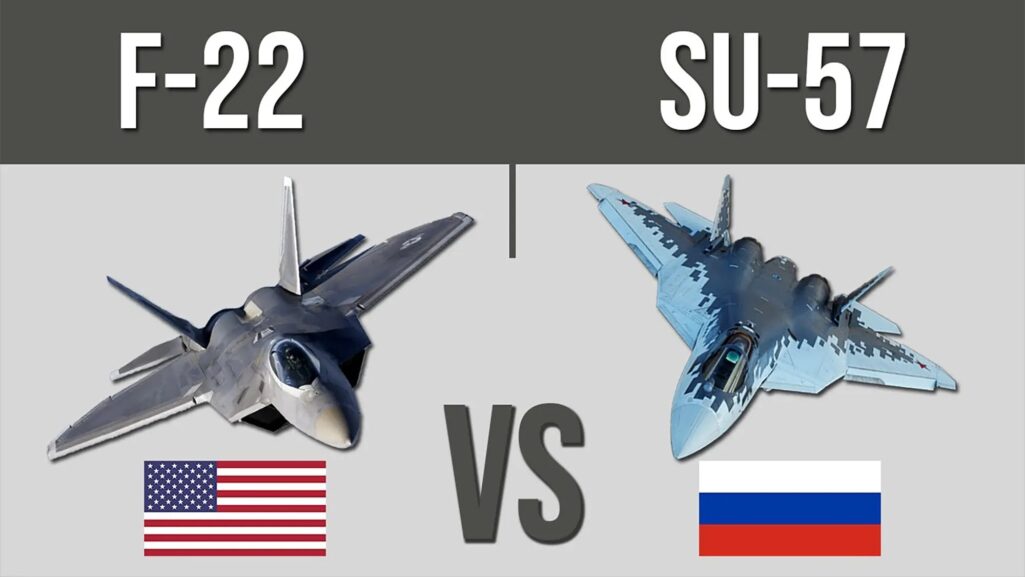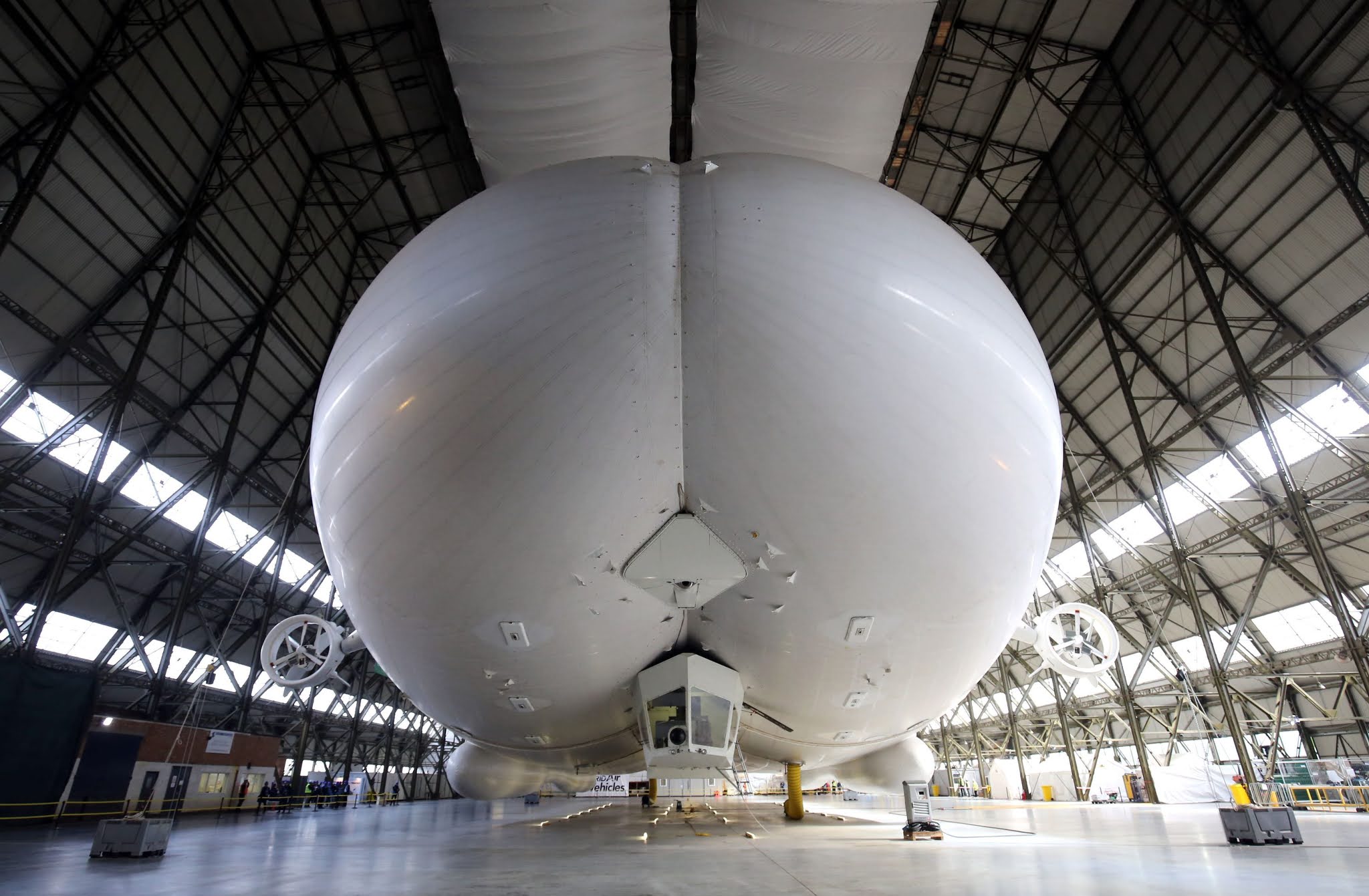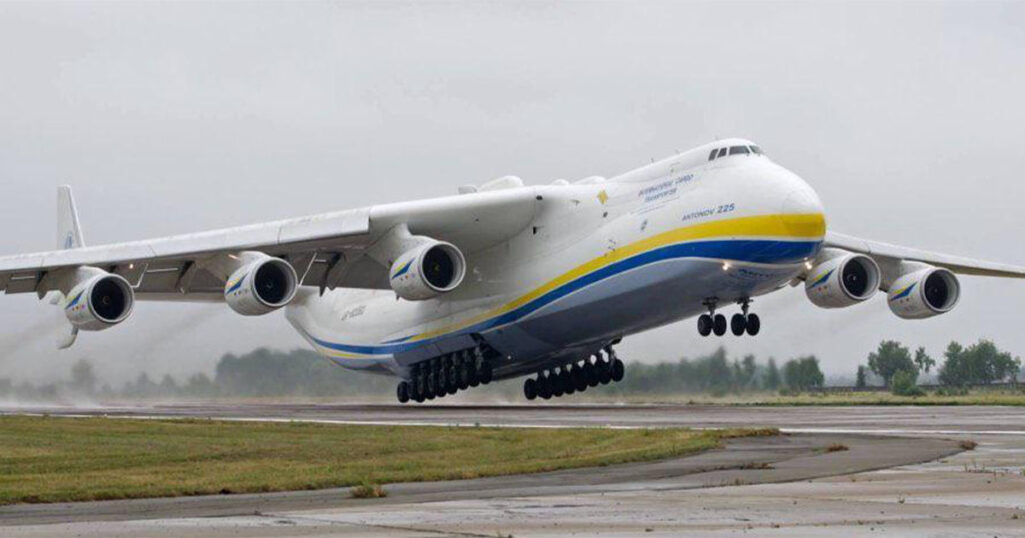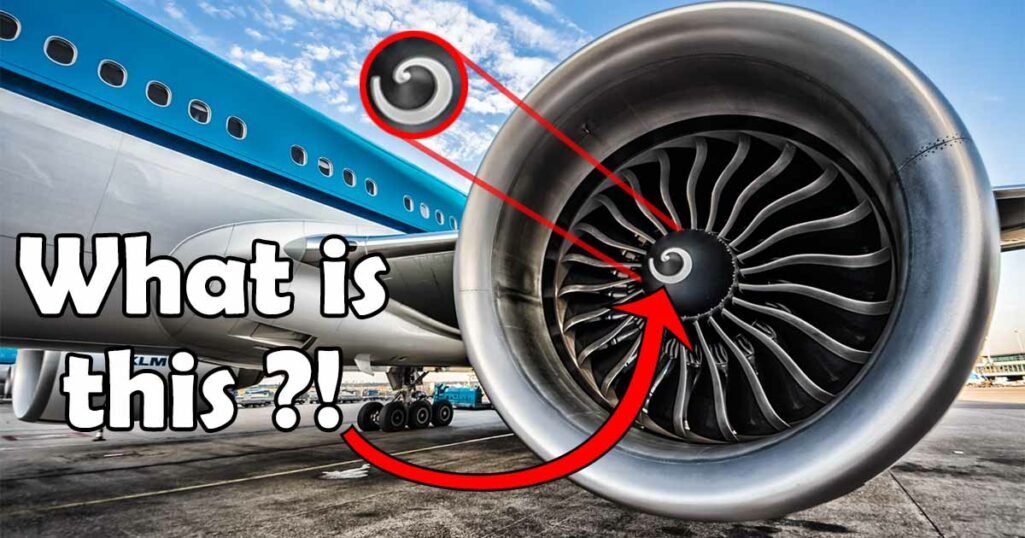
A spiral shape is commonly painted in the middle of modern turbofan engines. These aren’t just for appearance, though they are certainly eye-catching. Actually, they may be used for a variety of different things. Exactly what are these things?
Because there doesn’t appear to be an official industry term for these, let’s call them “spinner spirals.” An engine’s spinner is the cone- or dome-shaped front section. Swirly spinners have been popular for decades among engine and aviation builders. At least since World War II, this concept has been in use.
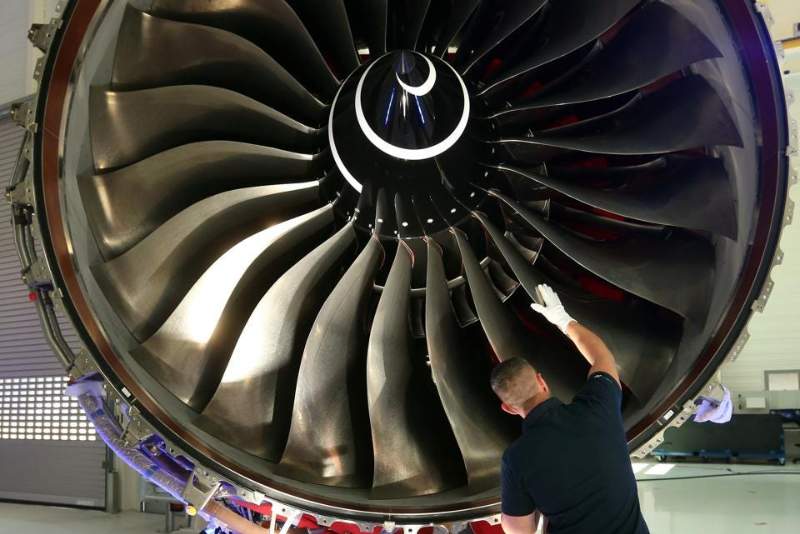
Painting spirals designs
The spinners of most modern turbofan engines are painted white with spiral patterns in the center. No industry standard or legal requirement exists for them, and manufacturers and airlines have unique styles.
Spiral patterns come in various shapes and sizes, and the width of the spiral can also vary. Comma or apostrophe symbols, balls, and even hurricane signs are used by different airliners.
Aircraft Engine Spiral Designs:
- Spiral
- G-Swirl
- Horseshoes
- Hurricane
- Apostrophe
- Comma
- Wobbly Ball
- Wobbly Moon
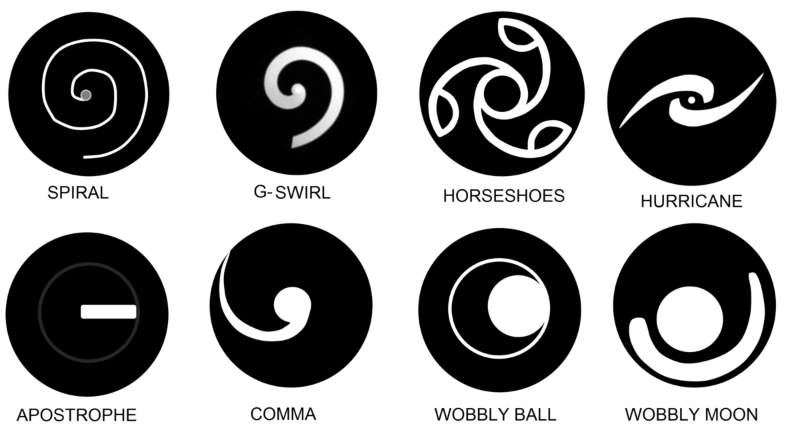
Ok, so we now know how they look, but we still didn’t get it. What is the purpose of these spinner spirals?
Protecting on land workers
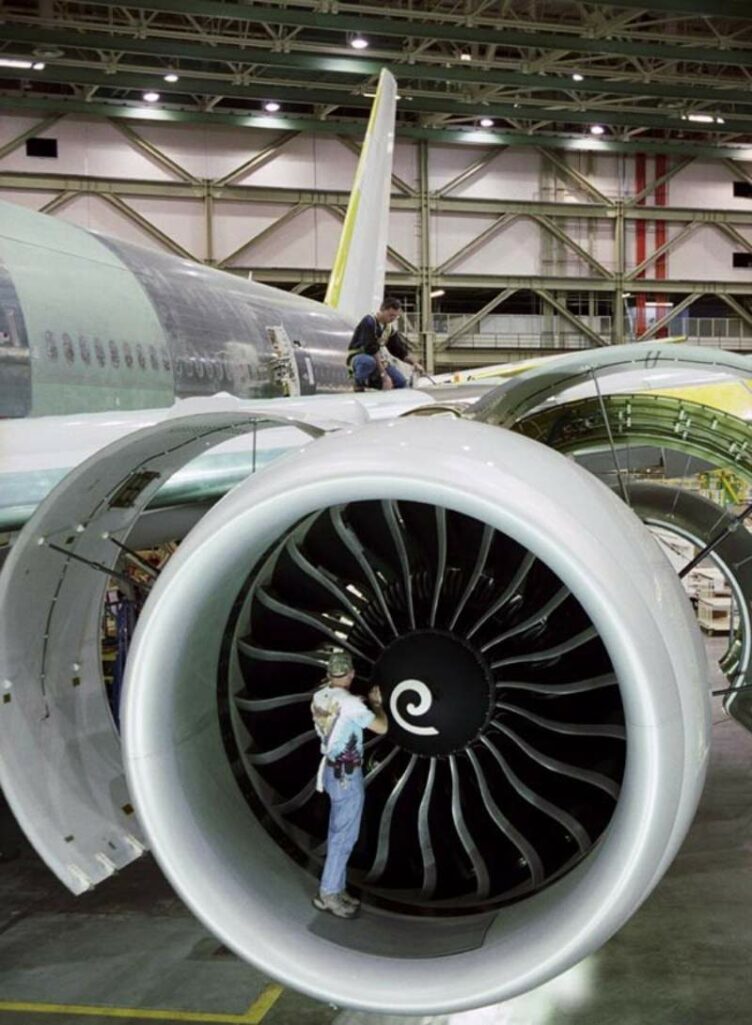
The safety of an airfield is greatly enhanced by avoiding the area of a running jet engine. Up to three meters, or 10 feet, is the danger zone for even the smallest engines at idle. The hazard zone expands to 4.3 m (14 feet) or more when the engine is over idle thrust. An object might be pulled into the engine in this area. This hazard zone expands with larger engines or those with more power.
An operating engine, of course, creates a lot of noise, which alerts the ground staff to its existence. But because these employees frequently use hearing protection, the spiral serves as an additional visual cue that the aircraft engine is running. It’s crucial to be able to tell when an engine is operating, but it’s not always straightforward. When the blades are spinning quickly, they seem transparent. Adding a white spiral to the spinner’s center makes it easier to see in low light or dark situations.
Stop bird strikes

An additional benefit of spirals is that they reduce bird strikes. It is a serious and costly problem when birds are ingested by planes. These can lead to crashes, although luckily, these are quite uncommon.
Read more about aircraft and bird strikes, and why don’t we place a grate in front of the aircraft engine to protect it from bird strikes in this post.
In 1986, Japan’s All Nippon Airways (ANA) finished a well-known, year-long research. Several aircraft’s engine spinners were painted with “eyes” in the “Wobbly Ball” style. The airline discovered that the “engine eyes” reduced the number of bird strikes on the flights. ANA quickly followed suit by applying the “Wobbly Ball” to all of its aircraft spinners.
There are many that disagree with this, including Boeing and Rolls-Royce, which say spirals don’t reduce birdstrikes.
But if these simple, easy to produce, white drawings could help protect ground staff, then these designs should be applied on all aircraft engines without any doubt.

